How Can I Tell if the Water Cycle is Broken (and What Can I Do to Fix It?)
Learn to spot the tell-tale signs on your ranch. And the No. 1 solution? Managing for healthier soils.
Grasslands, crop fields, livestock and the humans tending them all rely on a common resource: water. The extremes of drought and floods can be frustrating, especially because we can’t control them at the source.
The health of the basic water cycle on a ranch, however, is something we can influence with management decisions that affect the precipitation we receive. Done well, we can store up water for dry times and moderate the damage from downpours. The flip side is a broken water cycle that can squander a precious resource.
Watch: Rainfall Simulator demonstrates how soil health can prevent flooding »
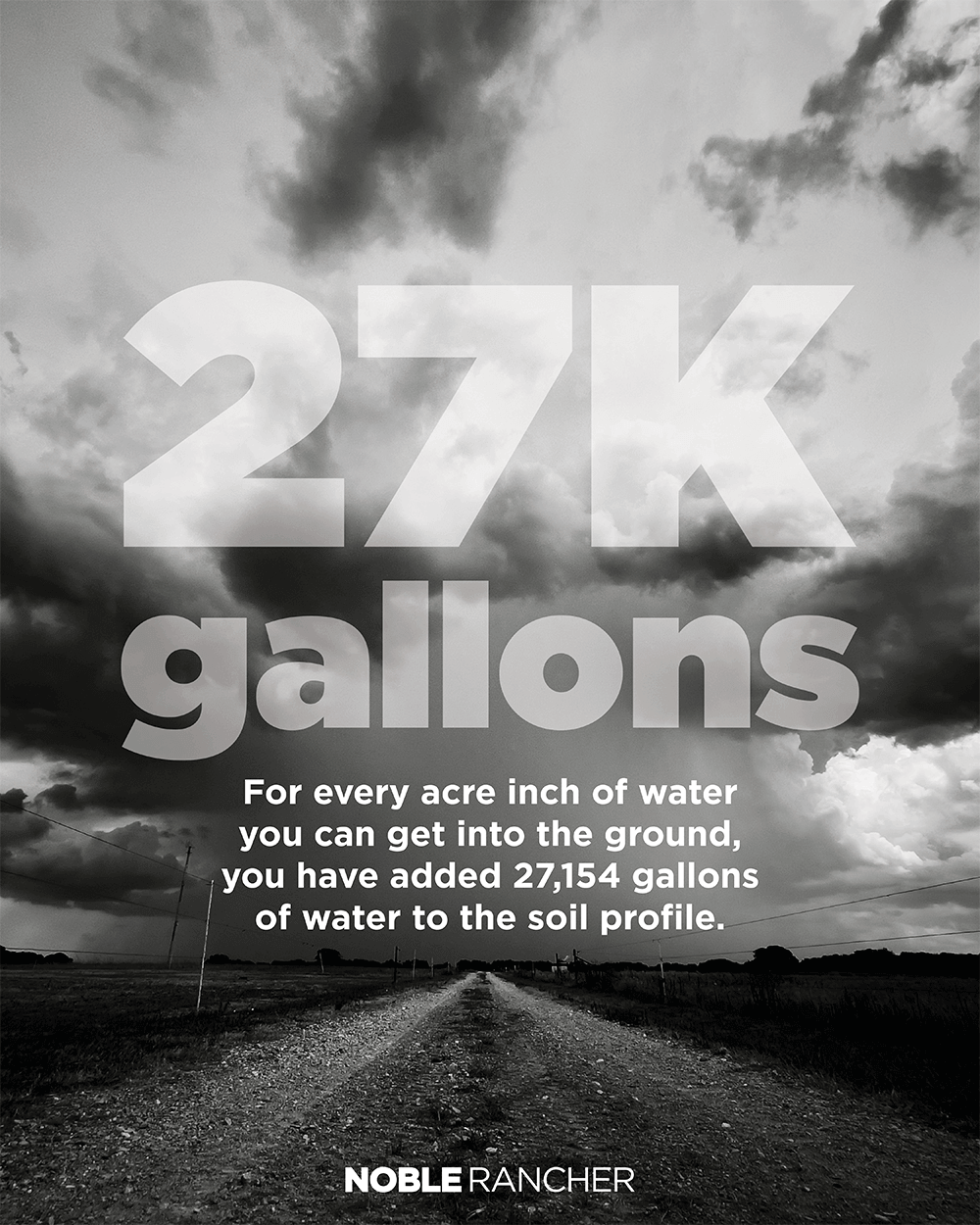
Diagnosing your ranch’s water cycle
1. Beware of bare ground.
When evaluating your ranch for signs of a broken water cycle, begin by looking for bare ground. You may ask, “What is the big deal about having some bare ground in the field?”
When precipitation falls from the sky, instead of its impact being diminished by live plants or plant residues, the water droplets are crashing into the bare ground, displacing soil, destroying soil structure, leading to a hardened surface (capping) that diminishes carbon dioxide/oxygen exchange and water infiltration. The bare ground maintains a higher temperature and allows more moisture to evaporate out of the soil, leaving less water available for plants. The bare ground is contributing to the broken water cycle.
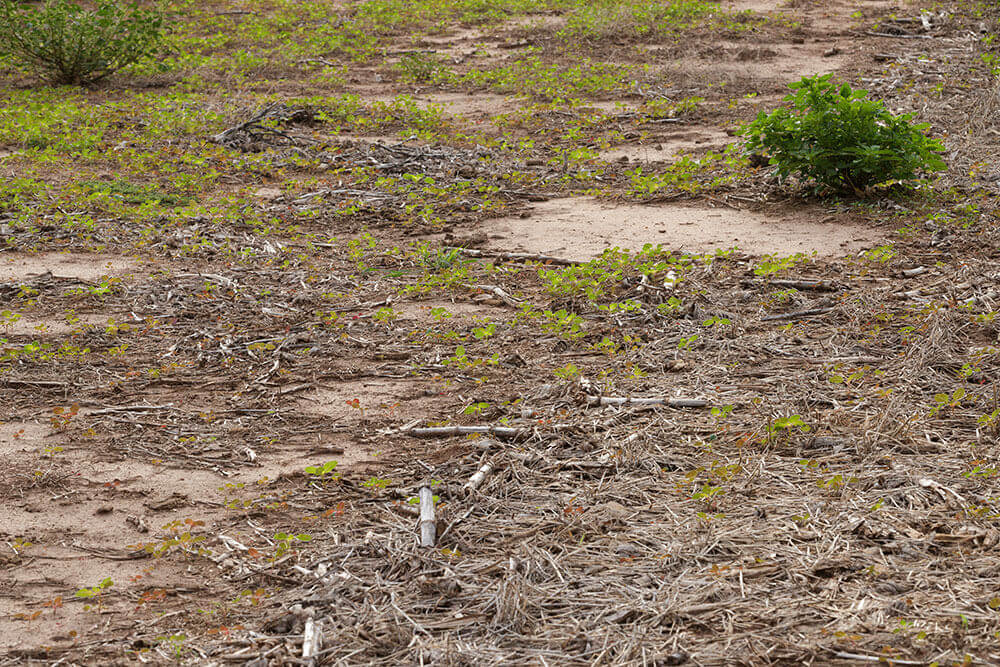
2. Watch what happens when it rains.
The next thing to evaluate is what happens to the water when rain hits the ground on your ranch.
Does it pond on the flat surfaces for hours or days? Or does it run off as a muddy, discolored stream (erosion)? Ponding and erosion are both a result of poor infiltration into the soil. If the infiltration rate is too slow, it can result in ponding in level areas and in surface runoff and erosion in sloping areas. Both can lead to flooding or inadequate moisture for crop production.
Every ranch should strive to maximize water infiltration by minimizing soil disturbance and compaction, protecting soil from erosion and encouraging the development of good soil structure and continuous pore space. Remember that for every acre inch of water you can get into the ground, you have added 27,154 gallons of water to the soil profile. Simply put, for rain or irrigation water to have value, it must enter the soil, not run off.
Many factors influence a soil’s infiltration rate prior to the soil becoming saturated. Once the soil does become saturated or nearly saturated the most important factor influencing infiltration rate is the texture of your soil. The finer the soil particle, the slower the infiltration rate.
Following a controlled burn or wildfire event, the soil surface can develop a hydrophobicity due to hot air dispersing waxy compounds from the surface litter into the soil. This creates a discrete layer of water repellent soil parallel to the surface and can severely reduce the infiltration rate of a soil, resulting in increased runoff. This surface runoff can contain topsoil, pesticides, fertilizers, manure or other organic matter resulting in sediment buildup in nearby bodies of water. Topsoil erosion is a global issue that poses a threat to the future of agriculture and humanity. Re-establishing the natural ground cover as quickly as possible or seeding a cover crop are the best ways to alleviate erosion following a fire.
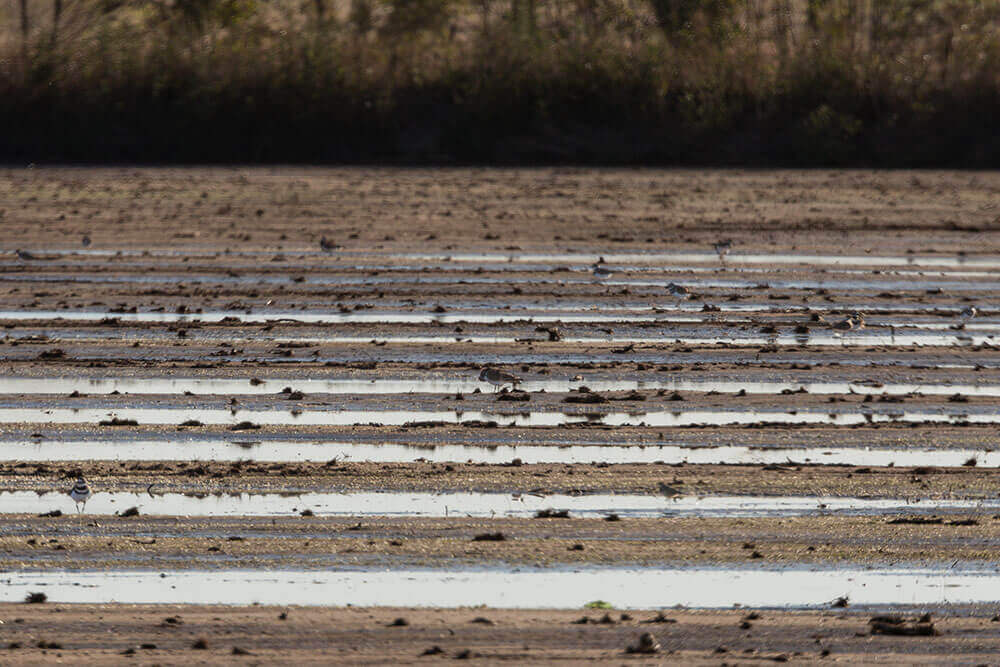
3. Check your ponds and lakes.
Another symptom of a broken water cycle is eutrophication of ponds and lakes on the ranch. This is the process of dissolved nutrients (such as phosphates) over-enriching a body of water and stimulating the growth of aquatic plant life, usually resulting in the depletion of dissolved oxygen.
Look for signs of mats of algae (pond scum) covering the surface, and the overgrowth of aquatic plants with floating leaves or that otherwise emerge from the water. Both can block sunlight needed by beneficial submerged plants and zooplankton.
While phosphorus is typically bound to soil particles, erosion can carry soil particles and other contaminants to ponds, lakes, and rivers. Once these sediments are deposited into fresh water, phosphorus can be released in a soluble form, leading to the increase in production of algae and macrophytes (aquatic plants) mentioned above. In a healthy water cycle, rainwater would be travelling underground after infiltrating into the soil instead of aboveground as runoff into water structures.
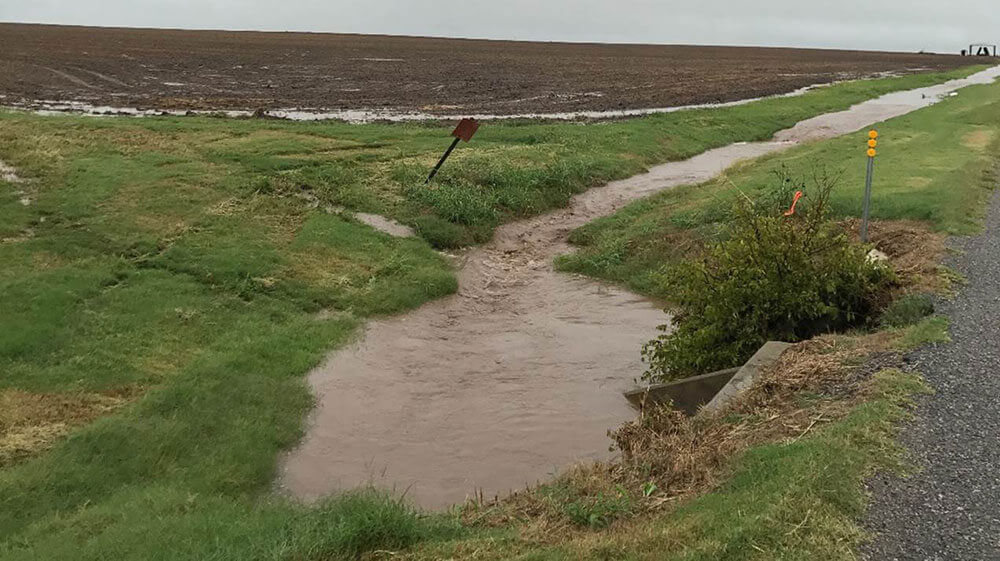
Fixing a broken water cycle
So, what are some things we can do to improve our water cycle on the ranch? Here are several recommended best practices:
- Ensuring that the bare ground is covered with plant residue or living plants, such as cover crops, is a good start. This will help to prevent capping of the soil.
- Plants also act as a shield over the soil, absorbing the impact energy of rain droplets, allowing water to slowly drip onto the soil reducing the chance of erosion.
- Additionally, growing plants keep the soil shaded, reducing the temperature and evaporation of water from the soil. Lower temperatures in the summer and less evaporation results in a more functional water cycle and drought resiliency.
- Integrating livestock using ultra-high stock density grazing helps the water cycle by breaking up hard ground and stimulating new plants to grow.
- Elevating the organic matter in a soil encourages microbial activity, leading to increased plant-available nutrients and aggregation of soil particles. Aggregation improves soil structure which increasing water infiltration and soil permeability.
- Management techniques to increase the organic matter content of a soil include ultra-high stock density livestock grazing, the addition of organic fertilizers and mulches and the planting of cover crops.
- Cover crops also create stable compositions of soil particles that can better withstand climate threats such as extreme floods and severe droughts.
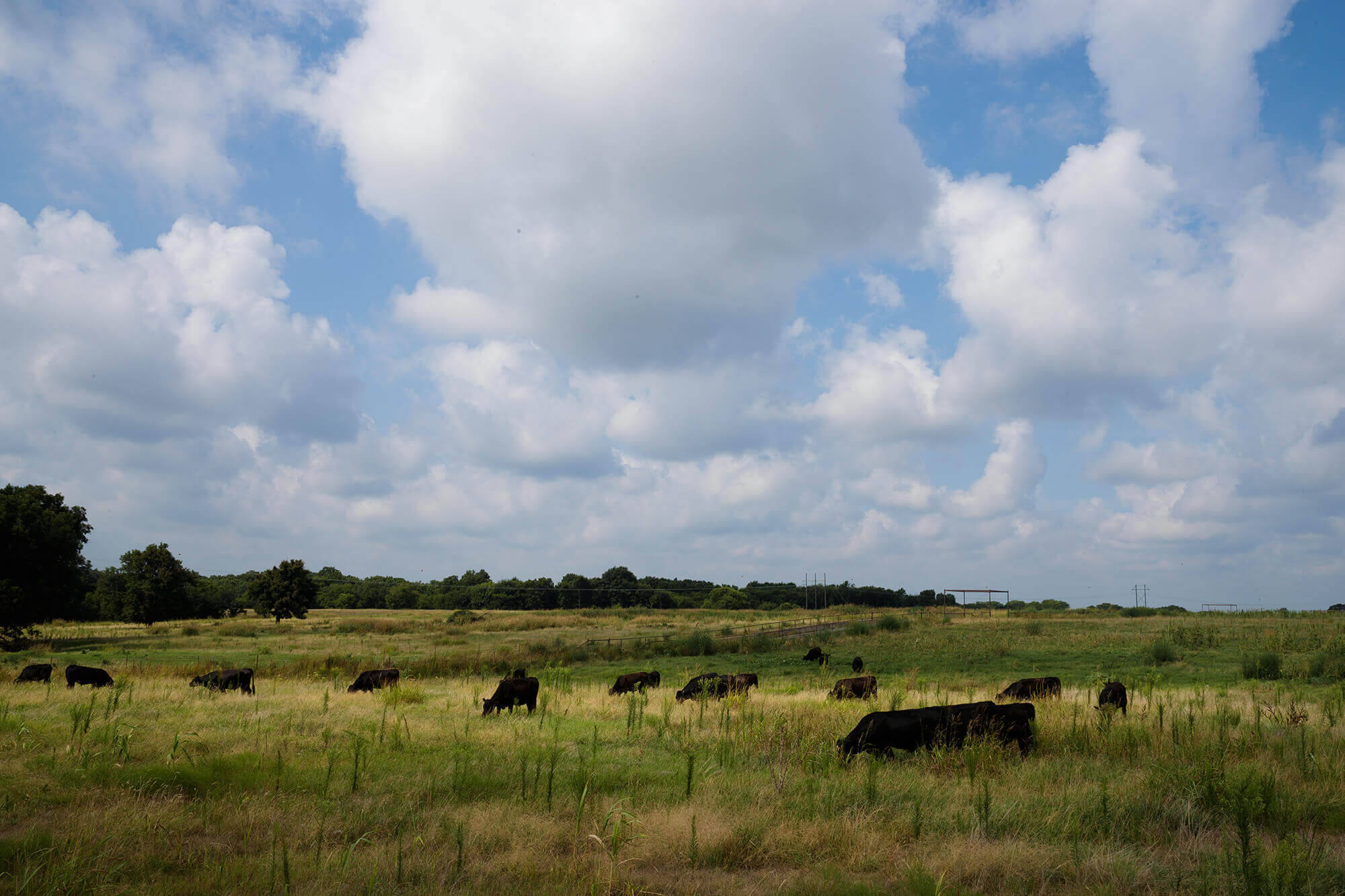
We can’t control the weather. But we can manage for healthy soils that use water more efficiently and have more capacity to store the water plants will need during dry events. And farmers and ranchers can recover from severe floods when their soils are strong enough to resist erosion.
So, our goal is a functioning water cycle that lets us capture as much rain or irrigation water in the soil as possible, holding it there to be available to plant roots over a longer period of time. Plus, improving soil water-holding capacity reduces the need for ranchers to irrigate, leading them down the road toward water independence.

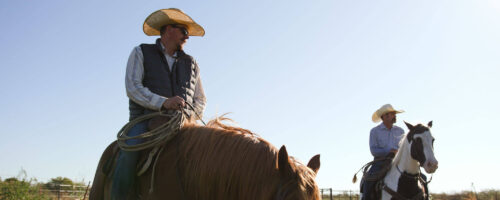
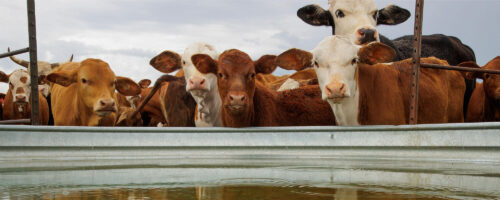
Comment